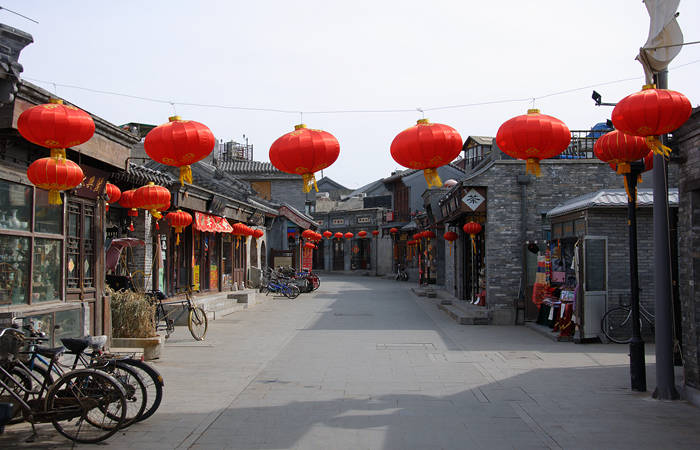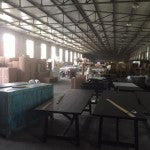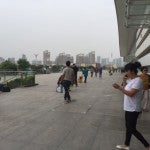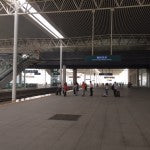
Antique hunting in Beijing
I’ve been in Beijing for the past few days after saying goodbye to the team in Shanghai on Saturday. Whilst it is always good to see the people there and to check on the latest furniture coming out of production, I look forward to my time in Beijing as this is where I get to visit various showrooms and warehouses to select most of the Chinese antiques that we will ship to the UK over the coming months.
I’ve noticed a big difference in the antiques market in China over the past few years. When we first started sourcing and selling Chinese antiques twelve or so years ago, there was still a good selection both in Shanghai and Beijing. Nowadays suppliers in Shanghai have pretty much all dried up, whilst in Beijing the number of workshops restoring and selling antiques has dwindled down to just a few good ones. This is partly down to supply – it has simply become more difficult and more expensive to find good quality pieces from across China – but also due to many of the factories identifying new furniture aimed mostly at the domestic Chinese market as being the future for their business.
More recently, many of the smaller workshops have been forced to close in Beijing due to government policy. In an effort to tackle the serious pollution problem in the capital the government issued an edict last year that essentially means that most factories are no longer allowed to be located within the Beijing outer city limits. Faced with an expensive relocation to a nearby province such as Hebei at short notice, many businesses simply couldn’t afford to keep going.
Some factories saw the move coming and have used it to their advantage with some forward planning. One of my antique suppliers here moved their production to Shandong province a few hours’ drive to the south of Beijing about six months ago, where labour and rent is a lot cheaper. They still plan to keep a showroom in the capital, but are also building a larger one at the new factory and hope to tempt customers there in the future.
I wanted to see the new set up and check out some samples that they have produced for Shimu, so we spent a long day travelling down to Shandong. The fastest part of the journey was an hour spent on one China’s high speed trains (CRH), speeding through the countryside at around 300km/hour. Looking out of the window I was struck by how flat the countryside in this part of China is, with agricultural fields interspersed with industrial complexes. Arriving at the station in Shandong everything looked new, with four lane roads largely devoid of traffic – in stark contrast to Beijing and Shanghai centres.
| The Beijing factory | Outside the train station | Waiting for the high speed train |
As in other parts of China, the amount of construction is incredible, with new tower blocks, huge office complexes and factories sprouting up everywhere. The odd thing is that most of these seem to be empty, built perhaps to continue fuelling the economy and to provide employment but with little hope of being occupied in the near future.
Our supplier’s new factory is very well set up, with plenty of space and good facilities. They have also already started to build the large new showroom in the centre of the complex, so I look forward to seeing that completed the next time I am over here. I chose a few painted and lacquered cabinets for our next shipment from those they had just restored and refinished, but will visit their Beijing showroom tomorrow to view most of their current stock.








Leave a comment